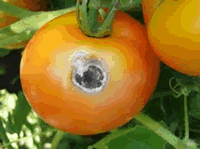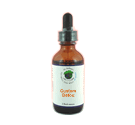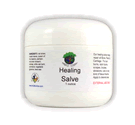|
|
Alternaria
 |
The mold Alternaria is comprised of about 40-50 species. It is commonly found in plants, soil, food (that is alternaria mold rot in photo), and indoor air. It also grows on many materials if they remain damp, including textiles, stored food, canvas, cardboard, paper, electric cables, polyurethane, jet fuel, sewage and effluents. Airborne spores of Alternaria alternata and Alternaria tenuissima are found in very high numbers in the outdoor environment during summer. The presence of Alternaria together with other molds in an indoor environment is indicative of humid conditions.
Alternaria has airborne spores and mycelial fragments which cause allergic symptoms in individuals with rhinitis or bronchial asthma sometimes leading to severe and potentially fatal asthma. Studies have shown that up to 70 % of mold-allergic patients have skin test reactivity to Alternaria. Prolonged heavy exposure to Alternaria may cause symptoms similar to that of other allergens such as cat dander and dust mites and is often an opportunistic pathogen causing skin disease particularly in immune-compromised patients such as bone marrow transplant patients.
|
|
|
 Arthropod/Vector
Bacteria
Chemicals
Fungus /Mold
/ Yeast Metals Parasites Virus Other
Arthropod/Vector
Bacteria
Chemicals
Fungus /Mold
/ Yeast Metals Parasites Virus Other



